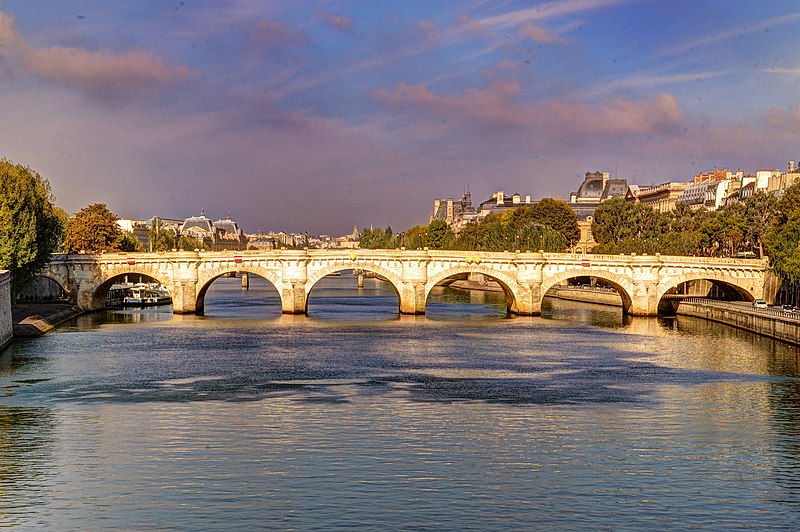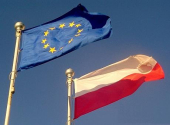
With one year remaining until the Olympics, Paris is on the verge of completing a historic cleanup that will reintroduce swimmers and divers to the River Seine. After a century-long ban due to
the river's pollution, city swimming is poised to become a significant legacy of the Games, thanks to a successful €1.4bn regeneration project.
The Seine, which once faced severe water quality decline due to industrial sewage and a growing population, will soon host three Olympic and Paralympic events: triathlon, marathon swimming, and Para-triathlon. Additionally, by 2025, three open-air swimming areas will be accessible from the quayside.
Pierre Rabadan, the Deputy Paris Mayor overseeing the Olympics, anticipates that witnessing athletes swimming in the Seine without health issues will encourage others to return to the river. The project aims to contribute to a healthier future for the city.
The decline in aquatic life and water quality, which led to a swimming ban in 1923, stemmed from the "single-system" drainage infrastructure implemented in the 19th century. The system combined used water from kitchens and bathrooms with sewage from toilets. Although improvements over the last two decades have reduced faecal bacteria in the river significantly, efforts to meet official clean classification standards persisted.
To address the challenge, a vast underground reservoir was constructed to store run-off during heavy rainfall, preventing it from discharging directly into the Seine. The construction site, visible near Austerlitz station and the Pitié-Salpetrière hospital, has an enormous cylindrical space capable of holding water equivalent to 20 Olympic swimming pools.
As Paris finalizes its historic cleanup, the return of swimmers to the Seine signifies a major milestone in restoring the city's iconic river to its former glory, paving the way for a cleaner and healthier urban environment. Photo by gnuckx, Wikimedia commons.



































